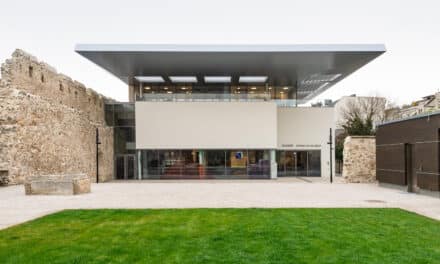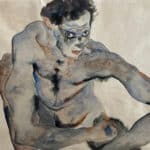Man as God created him. A topic that touches, attracts, polarizes, deters, but also arouses curiosity – it is as old as humanity itself. Already in the biblical book of Genesis, Adam and Eve realize that they are naked – and they are ashamed. Dealing with one's own nudity is very different – from the permissiveness of nudism to the shame that conceals what there is to cover. The ideal of the beautiful body has changed and ranges from the Venus of Willendorf to the graces of Canova, who captivate with their apparent flawlessness.
The word gymnasium is derived from the Greek word γυμνός (gymnos), naked, and γυμνάσιον (gymnasión) refers to a public place for physical exercise, which eventually became an educational institution. The fact that the sport was performed completely naked in antiquity is perhaps surprising today. On the other hand, nudity accompanies man from birth to death. The naked body inspired artists and thinkers alike, culminating in the beauty craze of all eras. At the same time, the body becomes vulnerable and is exposed to the process of impermanence. The beauty of bare skin is used to describe success and health and serves as the engine of a vast industry.
The attraction between people is condensed in Eros and often becomes a tightrope walk between respect and carelessness. After all, the injured body is the flip side and shows the decay. In the end, there is a dispute about the value of the human shell and where the unity between body and soul is broken.
1 May to 27 October 2024
www.stift-stpaul.at
Museum in St. Paul's Abbey 2024: "NACKT. Attracts"
from to

Special exhibition "NAKED. Attracts": Lucas van Leyden, Fall of Man, 1530, © George Khuner Collection, Bequest of Marianne Khuner, 1984











